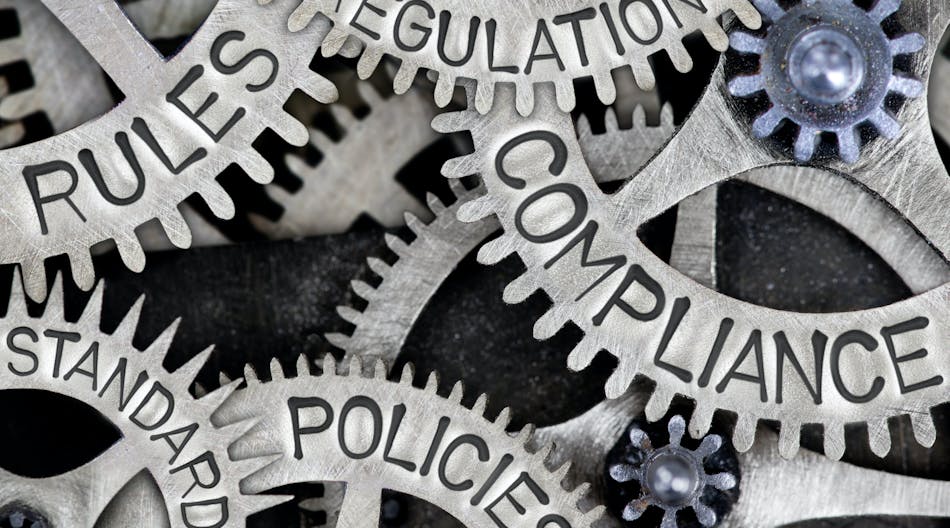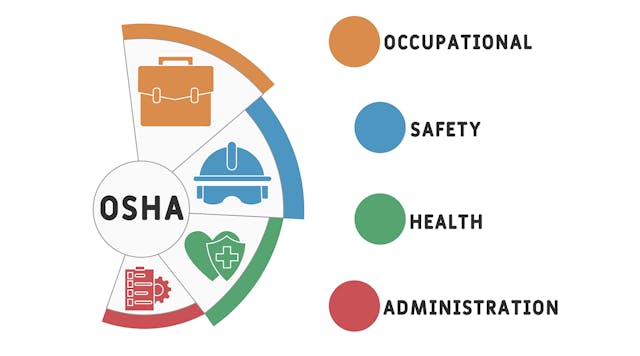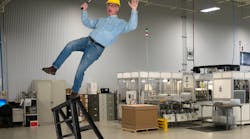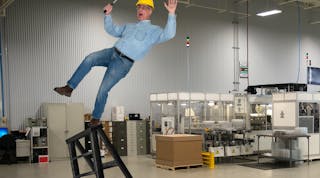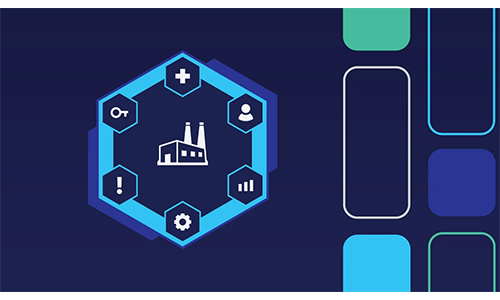You’d never know it was early February if you went outside this week. All signs of snow have melted thanks to record highs and sunshine. If anything, it seems like April.
I’m concerned that the trees and plants might be confused, and it’s jarring when expectations don’t match your perception of reality.
This week, I learned about paid sick time at one of our countries most essential industries and layoffs for parents of newborns. I also took a proverbial look under the hood of the latest jobs report, which shows continue signs of growth and pandemic recovery—not looming recession. There are mixed signals elsewhere in the economy, which makes it even harder to know what to think.
In their own way, these stories all show how safety is so critical to our daily lives. Workers want time off to rest and recover from illness or see a health care provider without repercussions. Workers want to focus on their newborns and not stretch themselves thin from a lack of sleep, among the other challenges that come with a baby. And workers want to know how secure their jobs are and what they might need to prepare for with the economy.
Of course, I’m not telling you anything you don’t already know. But maybe, just maybe, these will offer an avenue for you to have fruitful conversations about safety in the workplace with others.
Until next time, stay safe and be well.
Some Railroad Workers get Sick Time
CSX announced that several thousand workers will soon get paid sick time.
The rail company struck a first-of-its-kind deal this week with two of its 12 unions. As part of the agreement, some track-maintenance and mechanical union workers will get four days of paid sick leave. The workers will also be able to convert three of their personal leave days into sick days.
As you may recall, paid sick time was one sticking point that almost pushed railroad workers to strike during contract negotiations last fall, before the government intervened.
“Tuesday’s deal is especially welcome to rail workers who remained frustrated after the contract was imposed because the new contract didn’t resolve most of their quality-of-life issues,” writes Josh Funk at the Associated Press. “Many workers say their jobs became unbearable after more than one-third of all railroad jobs were eliminated over the last six years as the railroads retooled their operations.”
That means that for the entirety of the COVID-19 pandemic, railroad workers have been dealing with unprecedented volume of goods without any paid sick time and a smaller workforce. I cannot fathom what the quality of life has been like for those workers, especially railroad engineers who are on call every day of the year.
Funk writes that CSX has also announced that workers would no longer be penalized for missing work for medical appointments. And Union Pacific has launched a small pilot that gives a small number of engineers regularly scheduled days off.
This week’s news is worth celebrating, but it seems the industry has a long ways to go to providing a safe workplace for employees.
Read more here.
Laid off on Parental Leave
I have seen a number of posts on my LinkedIn feed about the recent layoffs at some of the biggest and most recognizable companies in America. I’ve noticed some of these posts are from parents of newborns, meaning some of those laid off were on maternity or paternity leave.
I can’t even begin to put myself in their shoes. Thankfully, some of the talented writers at The New York Times captures the scene at some of these tech companies, which have, in recent years, expanded paid parental leave and caregiver benefits.
“Tech companies were especially generous on parental leave compared with other industries. Google increased its parental leave to 24 weeks from 18 in 2021, Meta offers parents 20 weeks, and Microsoft gave 20 weeks for birthing parents and 12 weeks for nonbirthing parents. California, too, increased parental leave benefits to eight weeks from six. ZipRecruiter found that 849 out of 100,000 job postings offered paid parental leave in 2022, up from 95 out of 100,000 in 2017.
Company-offered parental leave is a major draw for workers, as the U.S. is the only is the only wealthy country in the world without any guaranteed paid parental leave at the national level. What’s more, the Family and Medical Leave Act offers unpaid medical leave but around 40% of businesses are not covered by the legislation.
These layoffs could have a chilling effect on new fathers, who have been taking more parental leave of late. In 2011, less than 5% of new fathers took more than two weeks of paternity leave. Now, 90% take more than seven weeks of leave if they are offered eight weeks, according to the Boston College Center for Work and Family.
For new mothers, having help when babies are feeding every few hours is critical to their mental and physical health. Studies have found that social support can reduce likelihood of developing post-partum depression.
The implications—overt or implied—of these layoffs, workforce attitudes and paid leave can have implications for those who are considering whether to have children. And their personal decisions could have decades-long implications for the country as a whole.
The U.S. saw a record low birthrate in 2020, and we’re already seeing the effects, as The Pew Charitable Trusts reports: “State budgets have started to feel the effects of this long-term decline. The future course of fertility represents a key source of fiscal uncertainty for states as smaller working-age populations may eventually threaten tax bases.”
Read more about the layoffs here.
Boom or Bust Job Market
It can be tough to feel out what’s going on amid reports of mass layoffs and strong jobs reports. I like to look at signs in storefronts, but I know what’s happening in my neighborhood is not indicative of the country as a whole.
So, when I saw this article from The Wall Street Journal, I was intrigued.
It speaks to the visible and invisible workforce: those people we see at work and those we don’t. For much of the pandemic, we didn’t see people in those visible positions. Now, we’re seeing more of those people but their presence is being obscured by news of layoffs for invisible workers—people who work in a cube or from home for the massive corporations like Salesforce, Amazon and Microsoft.
Or, put another way: “Employers in healthcare, education, leisure and hospitality and other services such as dry cleaning and automotive repair account for about 36% of all private-sector payrolls. Together, those service industries added 1.19 million jobs over the past six months, accounting for 63% of all private-sector job gains during that time, up from 47% in the preceding year and a half.
“By comparison, the tech-heavy information sector, which shed jobs for two straight months, makes up 2% of all private-sector jobs.
“The hiring spree in everyday services shows that the sectors hardest hit in the pandemic’s first months, when 22 million jobs were lost, are continuing to recover. Those gains may prop up the broader economy enough to avoid a recession.”
It’s a delicate timing and balancing act, and we’ll need to see how things continue to unfold. But this piece helped me see a fuller picture in a complicated and changing landscape. I hope it helps you, too.
Read the full article here.













